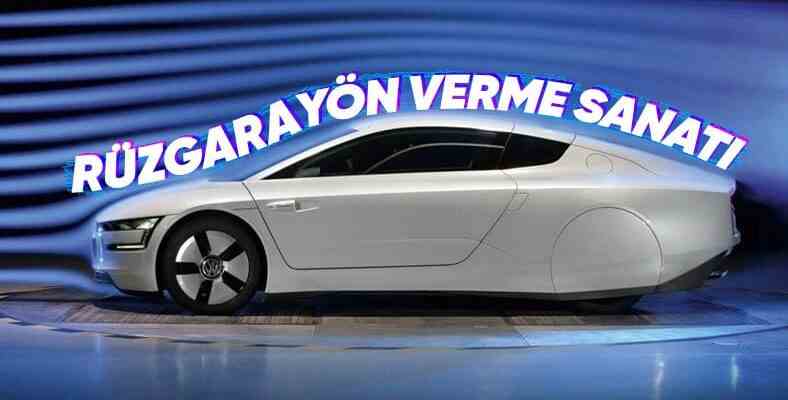Aerodynamics is one of the most important factors affecting fuel efficiency and driving comfort in automobiles. So where did this term come from? Who made the account? Here is the history of the aerodynamics issue…
Automobiles are marvels of technology today. Systems that allow advanced engineering calculations, your ideal car It provides important data on how it should be. Brands also act in line with the calculations, and they are both stylish and quite. productive They can manufacture cars.
One of the things that makes a car efficient, as you can imagine. aerodynamic is coming. The deterioration of aerodynamics, which is critical for automobiles, directly affects almost every aspect from driving comfort to fuel. Let’s put this aerodynamics issue on the table.
Aerodynamics can be explained in language that everyone can understand: The flow of air over something with the least amount of force.
The better the aerodynamics of an object, the lower the inefficiency caused by the airflow. It was already known that the weather affects everything that moves. Engineers working on the automotive industry were also aware of this. Especially passion for speedThis led engineers to turn more towards aerodynamic calculations.
In 1899, a car named La Jamais Contente was designed. This car It was “ugly” by design. However, it had a unique feature. La Jamais Contente was the first car to break the 100 km/h speed limit. He owed this feature to aerodynamic calculations.
La Jamais Contente
La Jamais Contente, a for the automotive industry revolution was in the nature. All the engineers who heard about this vehicle took action to make faster cars. The Stanley Steamer Rocket, produced in 1906, was the first automobile to exceed 200 km/h.
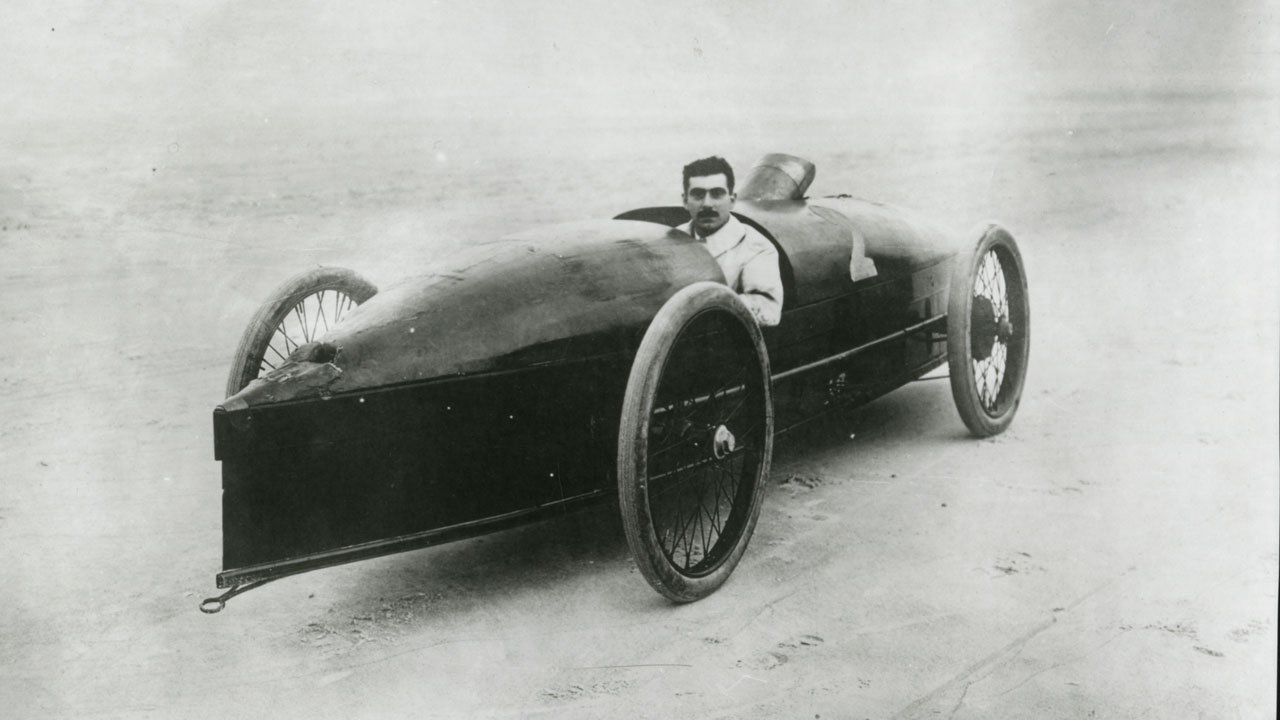
Stanley Steamer Rocket
The La Jamais Contente and the Stanley Steamer Rocket were special cars. For individual consumers The first study was done by a bus manufacturer named Castagna. Using the Alfa Romeo infrastructure, the 1914 model car was slow despite being aerodynamic. Because in general had a heavy hood. It didn’t happen this time either…
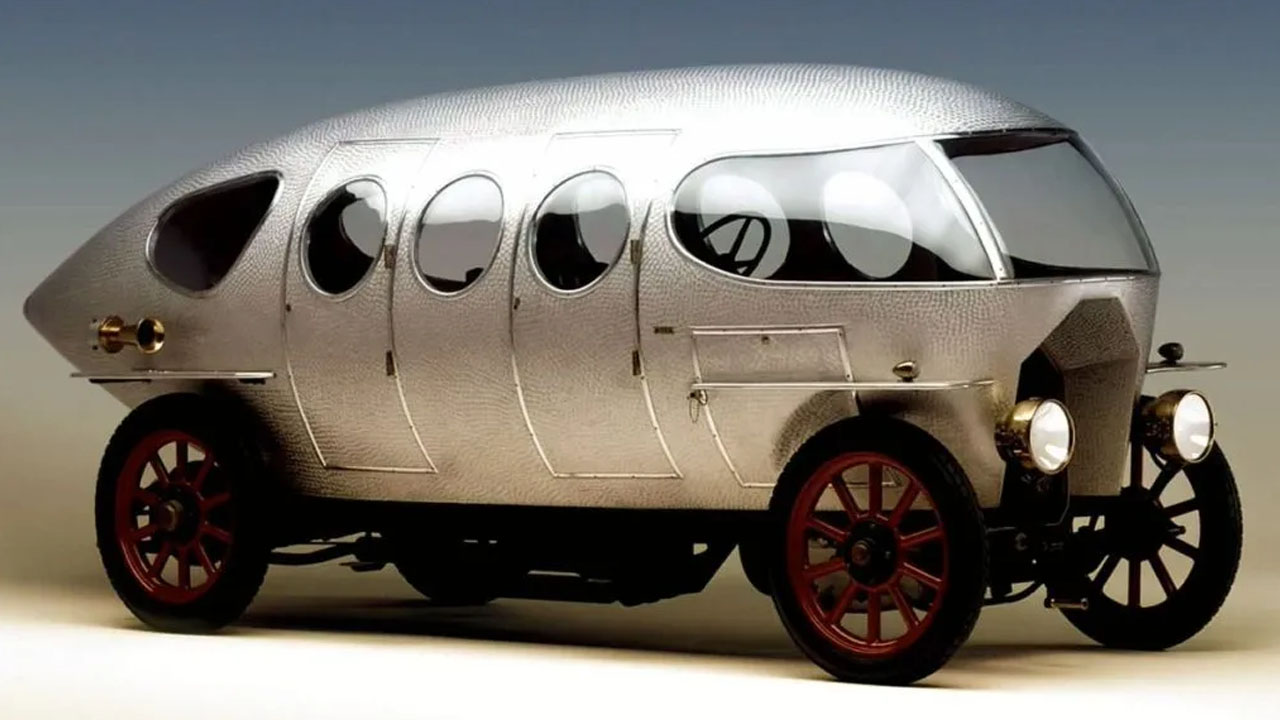
Castagna Aerodinamica
produced in 1921 Tropfenwagen The car, on the other hand, was really aerodynamic. Tropfenwagen, which has a friction coefficient of 0.28, Volkswagen PassatIt offered a coefficient of friction that was not available until 1988. However, this car did not last long. Steering and engine technical difficultiesled to the cessation of production of the car with the friction number, which is considered good even today.
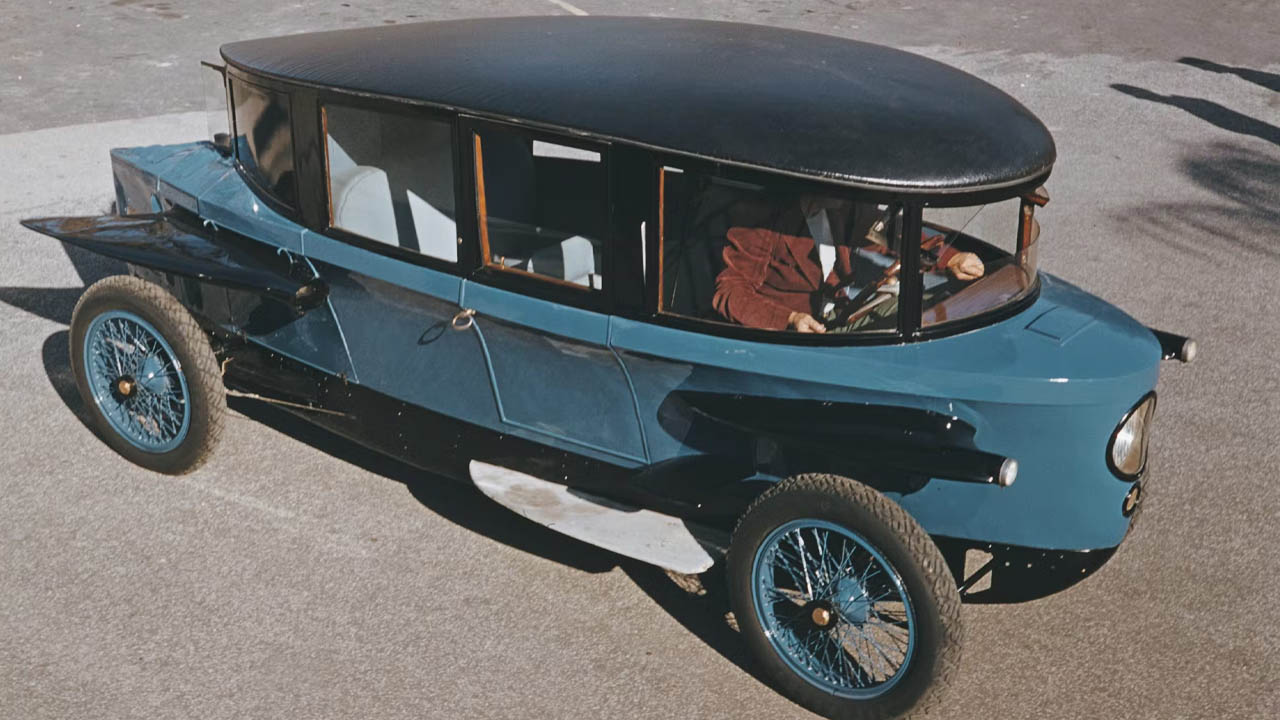
While the industry was looking for a solution to the aerodynamics problem, this time a Hungarian named Paul Jaray stepped in.
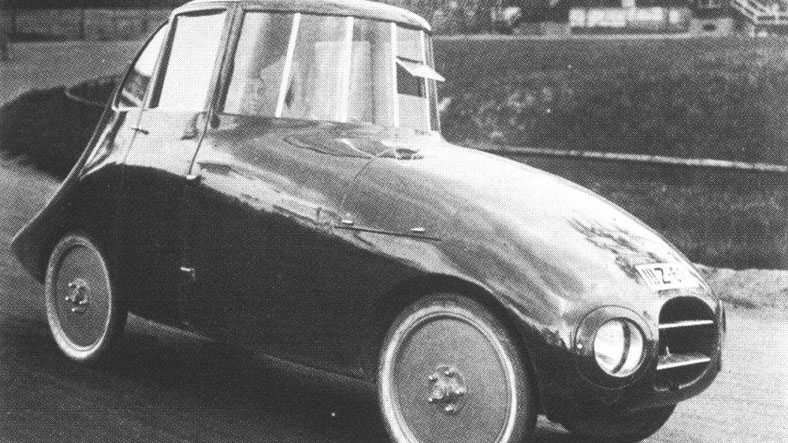
Originally an aeronautist and designing zeppelins, Jaray developed a special formula in 1922 and was able to find the ideal design needed to provide aerodynamics. This design It looked like the one above.
Jaray’s ideal aerodynamic design had odd proportions, as you can see above. Yes, vehicles with this design were good in terms of aerodynamics, but they didn’t look good. Many brands, especially Mercedes-Benz, Maybach and Opel, managed to update the Jaray design and looks more stylish cars appeared.
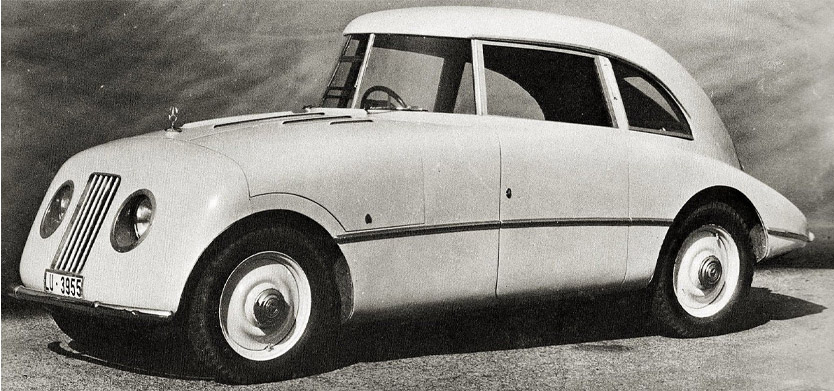
A model in which Mercedes has adopted the Jaray design
Over the years, many cars with similar designs have been produced. In 1934, a revolutionary development took place. Czech automaker Tatra, in its car called T77 0.21 coefficient of friction managed to see. This was very important. Because in those times when aerodynamics was not on the agenda, no one else had a car with such a low coefficient of friction. could not produce. Until 1939, that is.
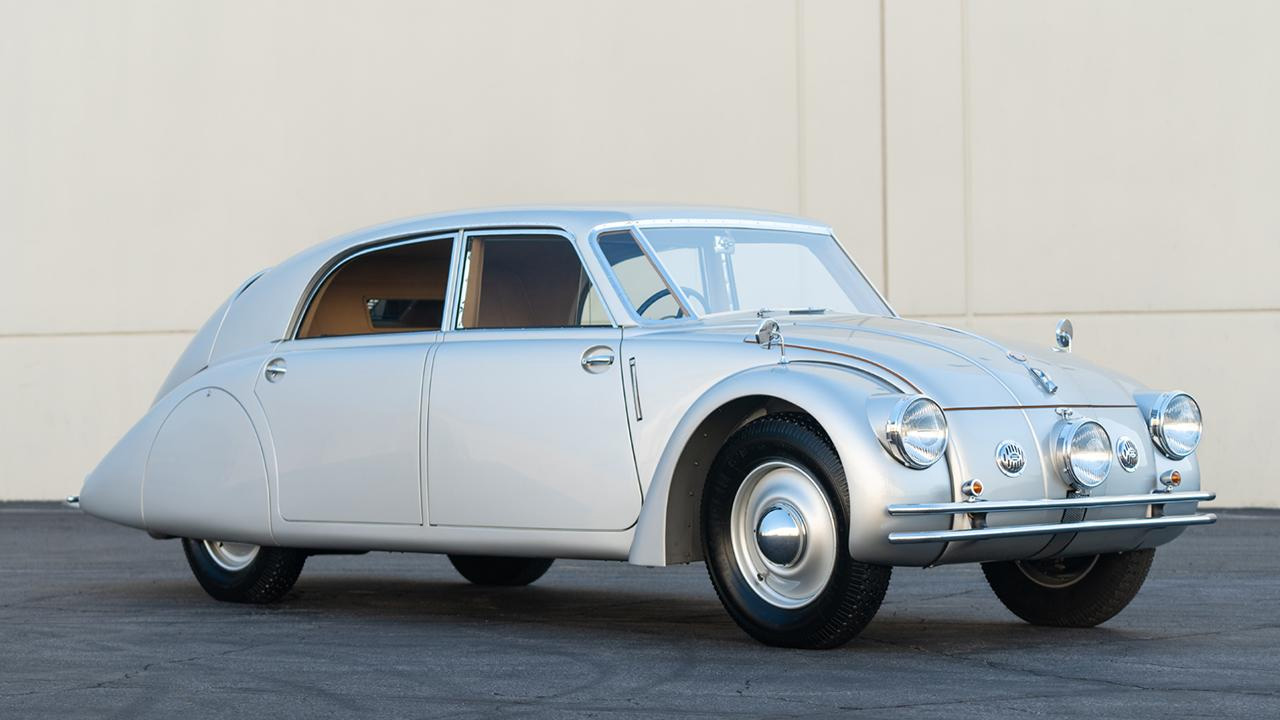
Tatra T77
Tatra also used aerodynamics as a marketing tool. The photo below is the best example of this. It was impressively illustrated how cars with poor aerodynamics were blocked by the air:
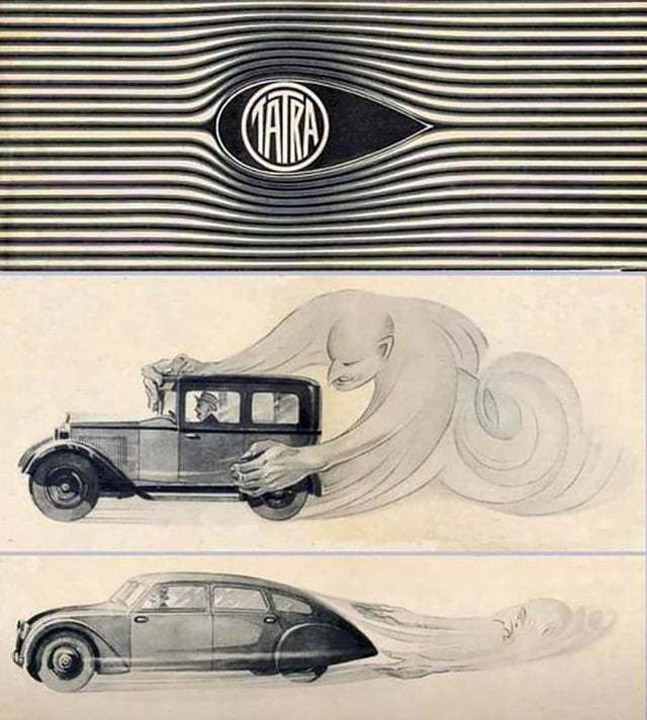
In 1939, a prototype car called the Schlörwagen was developed.
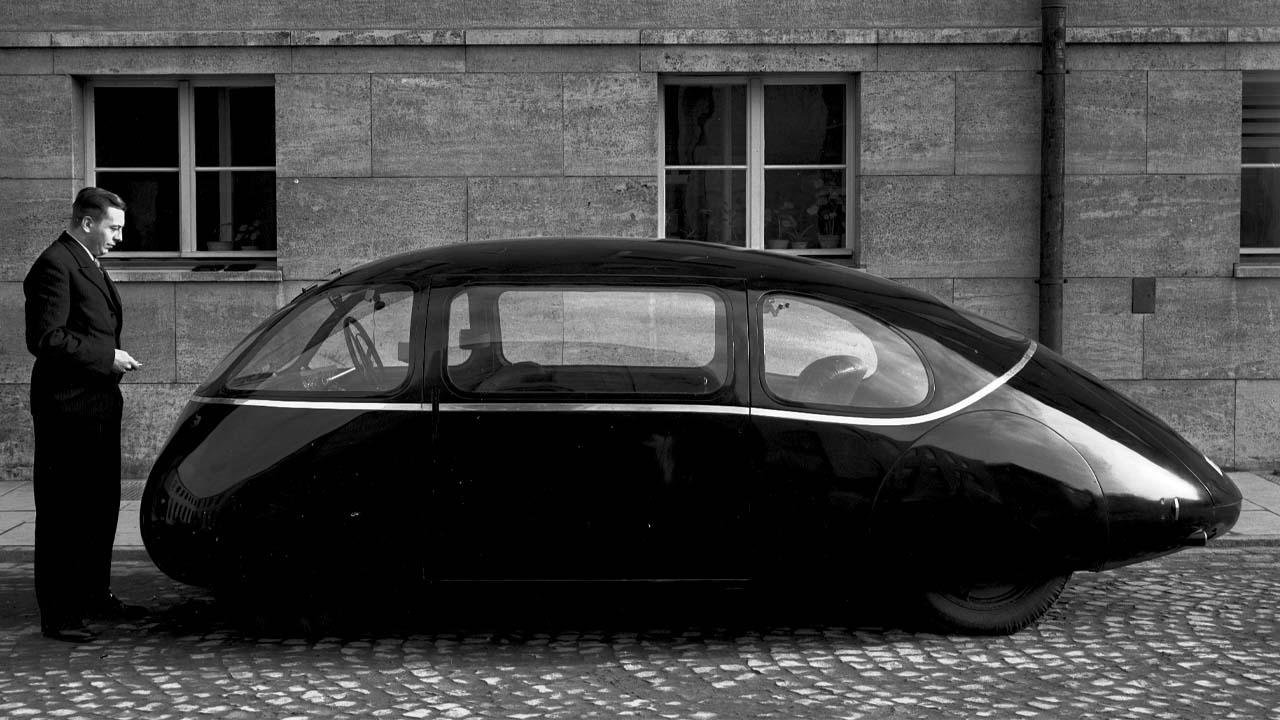
Schlörwagen
This car was built to showcase the ultimate in aerodynamics. With a coefficient of friction of 0.15, the car remained the most aerodynamic car in history until 1985. Ford Probe V, produced that year, broke Schlörwagen’s record with a friction coefficient of 0.13. However, both models remained as concepts. It never went into mass production.
Ford Probe V with a friction coefficient of 0.13 looked like this:
The mass-produced car named EV-1, launched by General Motors in 1995, coefficient of friction 0.19 had enchanted the consumer. This vehicle was also unique for its era. Also, it was electric. However, at that time “will end the oilThe EV-1, called ”, was unfortunately destroyed after 800 units were produced.
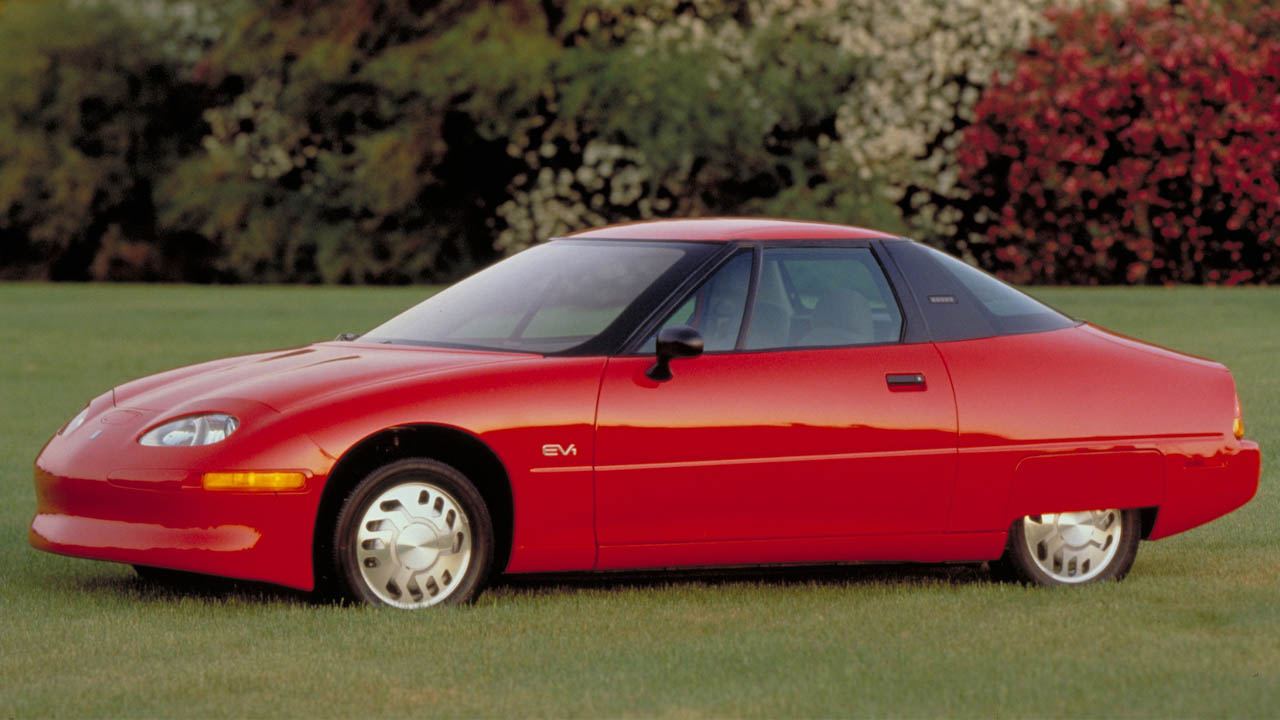
After the 2000s, companies began to follow each other’s footsteps and emphasize other features rather than aerodynamics. The friction coefficient generally ranged from 0.21 to 0.30. If Mercedes-Benz EQS He managed to see a friction coefficient of 0.200 in his electric car. This number, Tesla Model S It is chased by a friction coefficient of 0.208.
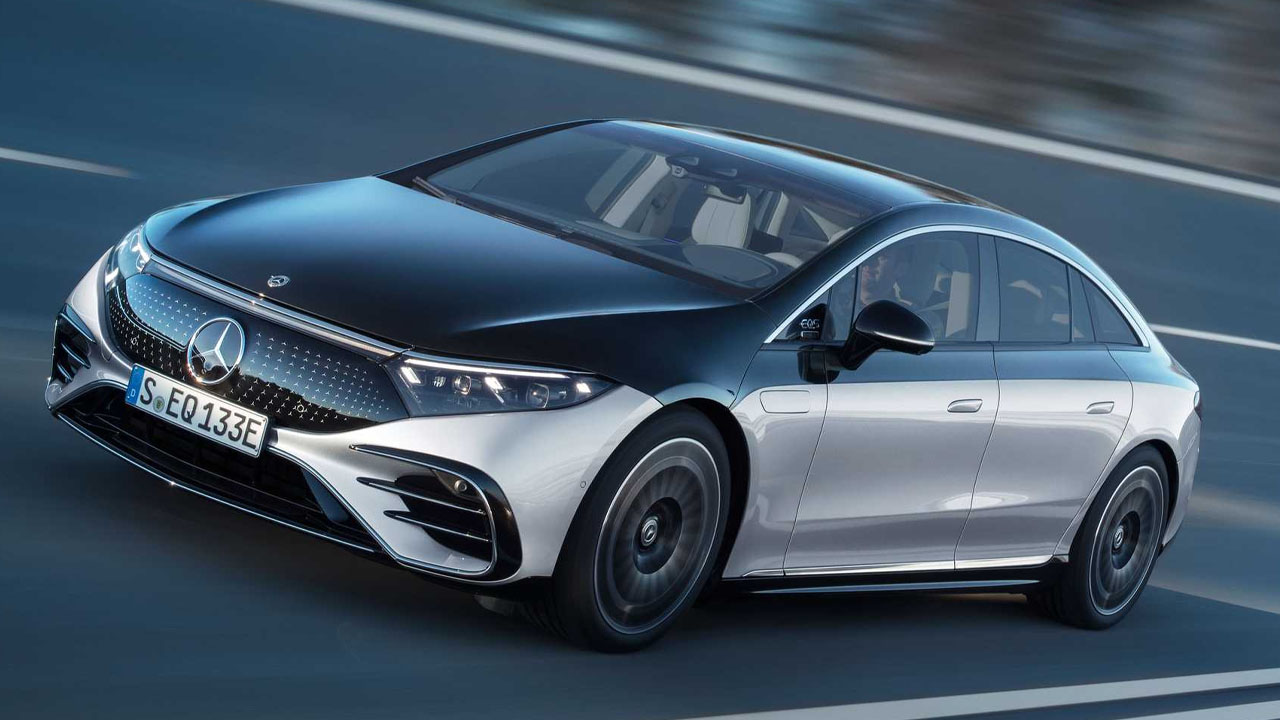
Mercedes-Benz EQS
